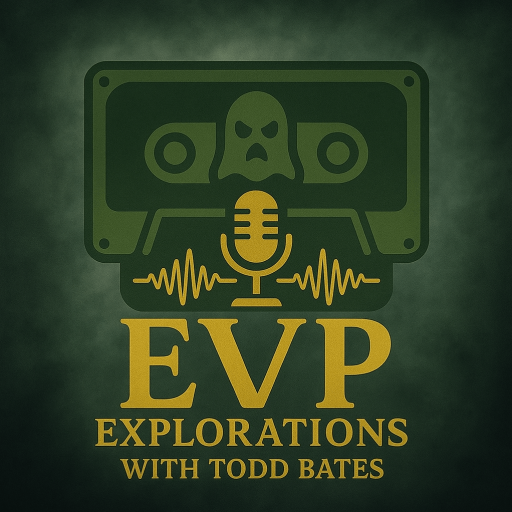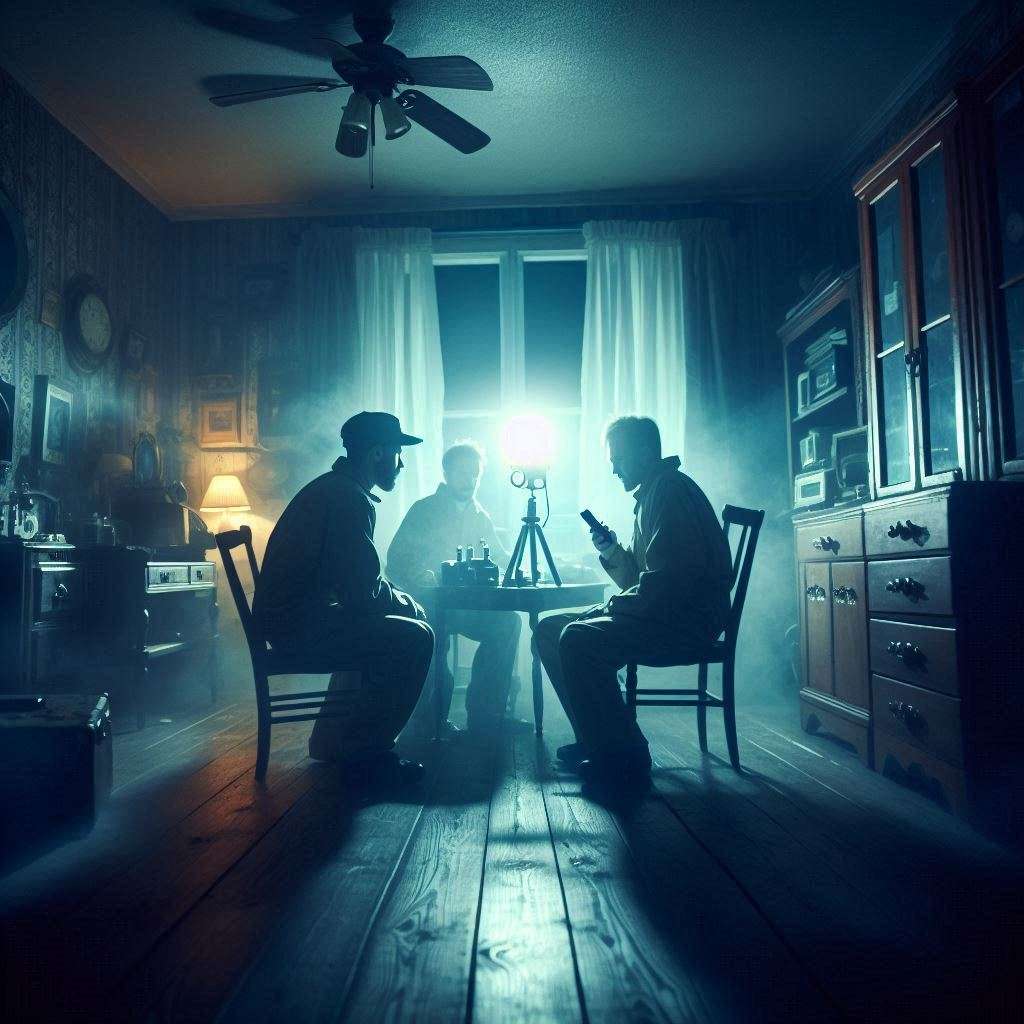Does the EVP Classification System Need an Update?
For decades, paranormal researchers have relied on the A, B, C EVP classification system to evaluate and categorize Electronic Voice Phenomena (EVP) recordings. This system has served as a fundamental tool for investigators, but with advancements in recording technology and audio analysis, is it time for a change? In this blog, we’ll explore the traditional EVP classification system and ask whether a more modern approach is needed.
The Traditional A, B, C EVP Classification System
The A, B, C system has long been used to describe the clarity and audibility of EVP recordings:
- Class A EVP: Clear and distinct; understandable without enhancement or interpretation; can be heard by most listeners.
- Class B EVP: Recognizable words or phrases, but may require amplification or enhancement; interpretation can vary.
- Class C EVP: Weak, unclear, and often difficult to interpret; requires significant enhancement to be understood.
While this system provides a basic framework, it lacks criteria for modern recording technology, software-assisted analysis, and the influence of external noise contamination.
Is It Time for a New EVP Classification System?
With today’s advanced digital recording and editing tools, should we refine how we classify EVP recordings? Here are some key points to consider:
- Technology Improvements: Digital audio software such as Adobe Audition and Audacity provide advanced filtering and spectral analysis, allowing for better distinction between true EVP and external noise.
- Minimizing Subjectivity: The original A, B, C system relies heavily on interpretation. Would a system that integrates clarity, agreement among listeners, and background noise levels improve classification?
- Greater Research Consistency: A structured classification system could ensure paranormal teams can standardize how EVP evidence is documented and compared across investigations.
A Proposed New EVP Classification System
To better suit modern investigative methods, a refined classification system could look like this:
Class 1 (Pristine EVP):
- Crystal clear, requires no enhancement.
- Multiple listeners independently agree on the interpretation.
- No significant background noise.
- Captured on both analog and digital recorders with the same result.
Class 2 (Enhanced EVP):
- Clearly audible but may require slight noise reduction or amplification.
- Interpretation is generally agreed upon but may vary slightly.
- Low background noise but some minor interference present.
Class 3 (Contaminated EVP):
- Partially audible but contains background noise or interference.
- Requires moderate enhancement and noise reduction.
- Interpretation varies among listeners.
Class 4 (Uncertain EVP):
- Faint or distorted recording, making words difficult to distinguish.
- Requires extensive enhancement and filtering.
- Interpretation is highly subjective and not universally agreed upon.
Class 5 (Inconclusive EVP):
- Extremely faint or indistinguishable.
- May be the result of pareidolia (audio illusions) or environmental noise.
- No consensus among listeners, even after enhancement.
What Do You Think?
As paranormal research evolves, so should the tools and methods we use to classify evidence. Does the current EVP classification system still serve its purpose, or is it time for a new approach that better suits modern investigative methods?
We want to hear from you! What are your thoughts on the A, B, C EVP classification system? Should it be updated to reflect today’s technology and analysis techniques? Let us know in the comments!
Stay Connected with EVP Explorations!
Subscribe to our free newsletter for the latest updates, education, tips, investigation methods, and new articles—delivered right to your inbox.
Join today and keep exploring with us!

















